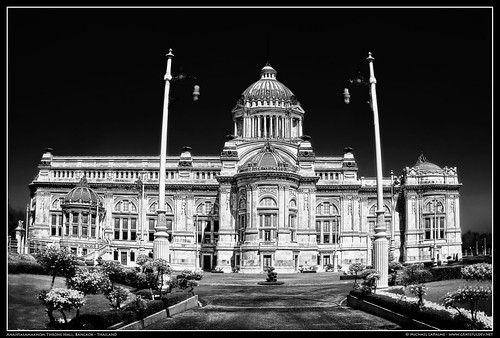
 Bangladesh 10 Taka 2004 UNC
Bangladesh 10 Taka 2004 UNC
Front: National Mosque (Bait-UL-Mukarram)
Back: National Parliament Building Bait -UL-Mukarram, Bangladesh National Mosque Baitul Mukarram, The holy house is the national mosque of Bangladesh. Located at the heart of Dhaka, capital of Bangladesh, this mosque was founded in the 1960s. The structure resembles the Kaaba in Mecca
Baitul Mukarram, The holy house is the national mosque of Bangladesh. Located at the heart of Dhaka, capital of Bangladesh, this mosque was founded in the 1960s. The structure resembles the Kaaba in Mecca
National Assembly Building of Bangladesh
 Jatiyo Sangsad Bhaban, is the National Assembly Building of Bangladesh, located in the capital Dhaka. It was created by architect Louis I. Kahn and is one of the largest legislative complexes in the world. It houses all parliamentary activities of Bangladesh. Construction of the Jatiya Shangshad Bhaban began in 1961 by the Government of Pakistan as a permanent building for the federal legislature of both West and East Pakistan. The Jatiya Sangsad Bhaban has been in operation and has acted as the sole complex used as the National Assembly ever since. The Jatiya Shangshad Bhaban was designed by the American architect Louis Kahn.
Jatiyo Sangsad Bhaban, is the National Assembly Building of Bangladesh, located in the capital Dhaka. It was created by architect Louis I. Kahn and is one of the largest legislative complexes in the world. It houses all parliamentary activities of Bangladesh. Construction of the Jatiya Shangshad Bhaban began in 1961 by the Government of Pakistan as a permanent building for the federal legislature of both West and East Pakistan. The Jatiya Sangsad Bhaban has been in operation and has acted as the sole complex used as the National Assembly ever since. The Jatiya Shangshad Bhaban was designed by the American architect Louis Kahn.
Image and Information Obtained From Wikipedia, the free encyclopedia

 Mexico 10 Pesos 1971 UNC
Mexico 10 Pesos 1971 UNC














































